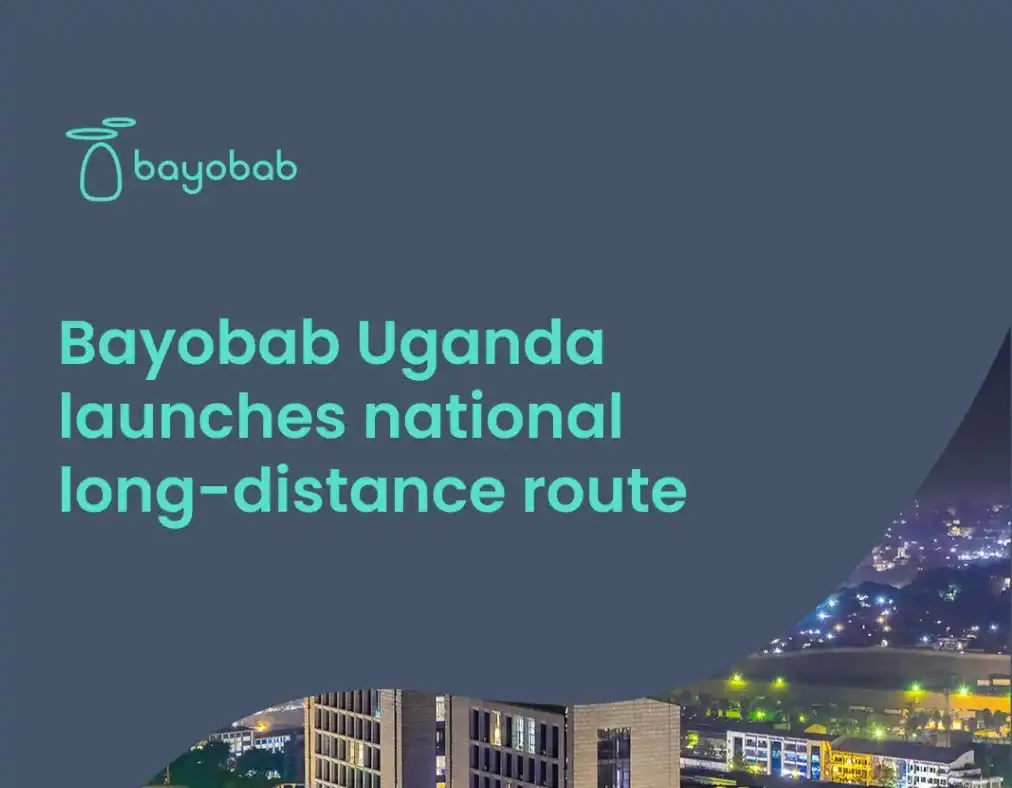Bayobab Uganda, the digital infrastructure arm of MTN Group, has officially launched a major connectivity milestone, a brand-new fibre optic route running from Malaba at the Kenya–Uganda border to Kampala. This 260-kilometre stretch might be the shortest in Bayobab’s network, but its impact is expected to be anything but small.
The new route links directly to subsea cable landing stations in Mombasa in Kenya via Bayobab’s infrastructure in Kenya. With this in place, it effectively creates a seamless digital path from Kampala to the Kenyan coast.
The unveiling ceremony in Kampala was led by Bayobab Uganda Managing Director Juliet Nsubuga, who highlighted the project’s strategic importance. “We’ve answered the call for digital transformation, not just in Uganda but across the region,” she said. “By partnering with Uganda Railway, we’ve used existing infrastructure to roll out high-speed fibre along key economic corridors, connecting communities along the route and beyond.”
Uganda, as a landlocked nation, depends heavily on fibre routes that cross its borders for international internet access. With this new link in place, Uganda gains a powerful alternative path to the internet and reduces reliance on a single route and increases network redundancy and resilience. This is crucial for both improving service uptime and reducing latency.
MTN Uganda CEO Sylvia Mulinge painted a vivid picture of what this means for ordinary Ugandans: “A student in a remote village livestreaming lessons. A farmer accessing up-to-the-minute weather updates. A startup syncing code to the cloud without buffering. That’s the modern connected life we’re making possible.”
The Kampala–Malaba route adds to Bayobab’s growing East African fibre footprint, complementing existing paths that run through key towns like Busia, Jinja, Lira, and Karuma. It’s part of a broader strategy to build out pan-African infrastructure that supports the needs of telecom operators, ISPs, cloud providers, and global tech players.
The route also links to major data centres in Kampala such as Raxio, MTN Uganda and Airtel House. This opens up new opportunities for enterprises and hyperscalers looking to expand in the region.
Julianne Mweheire from the Uganda Communications Commission welcomed the development, noting that it fits right into Uganda’s digital vision. “This new route supports redundancy and improves access across urban and rural areas — key priorities for Uganda’s digital transformation journey,” she said.
Also Read: Tatu Telecom Completes 85,000 Meters of Fibre Optic Infrastructure



